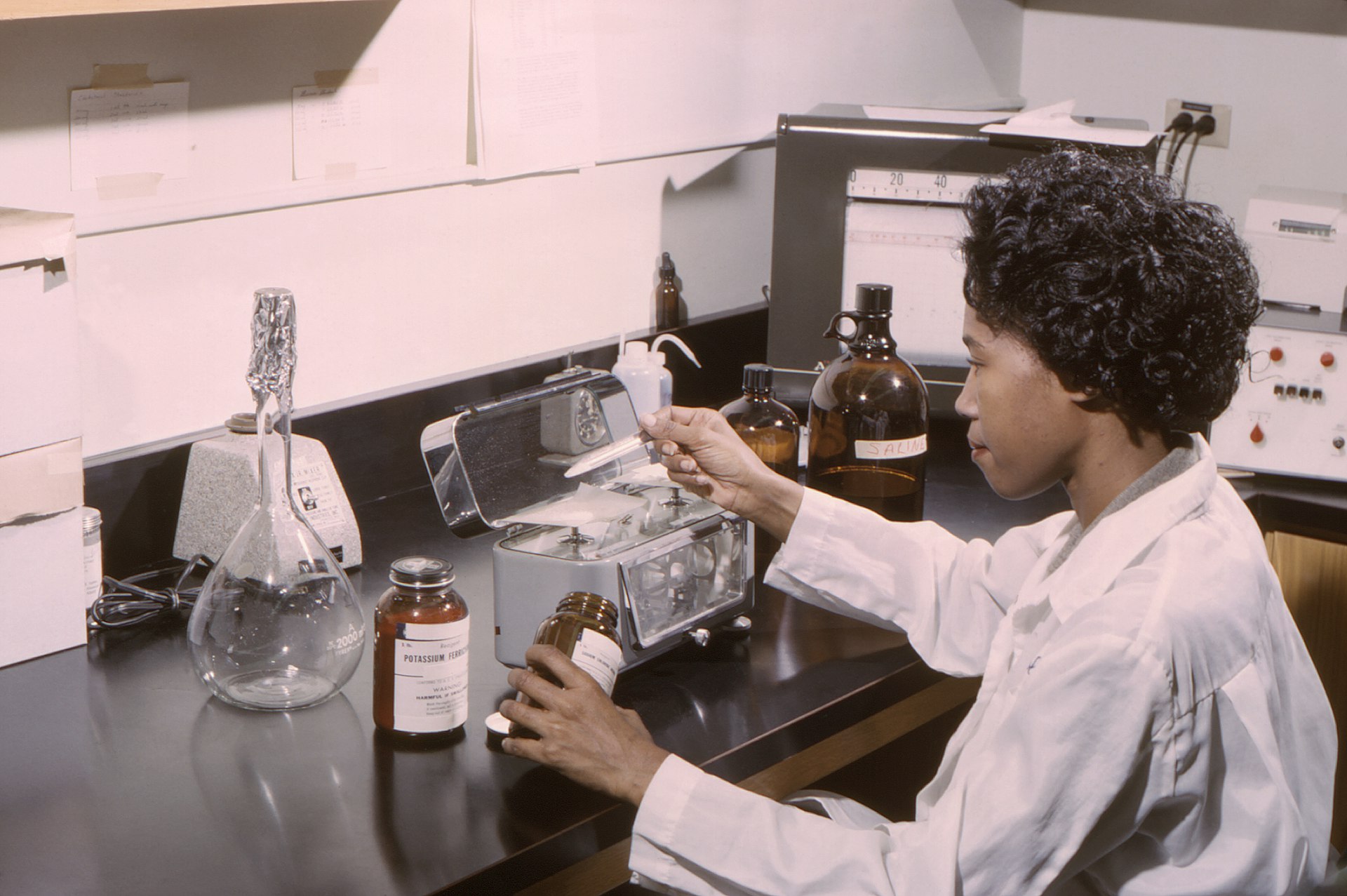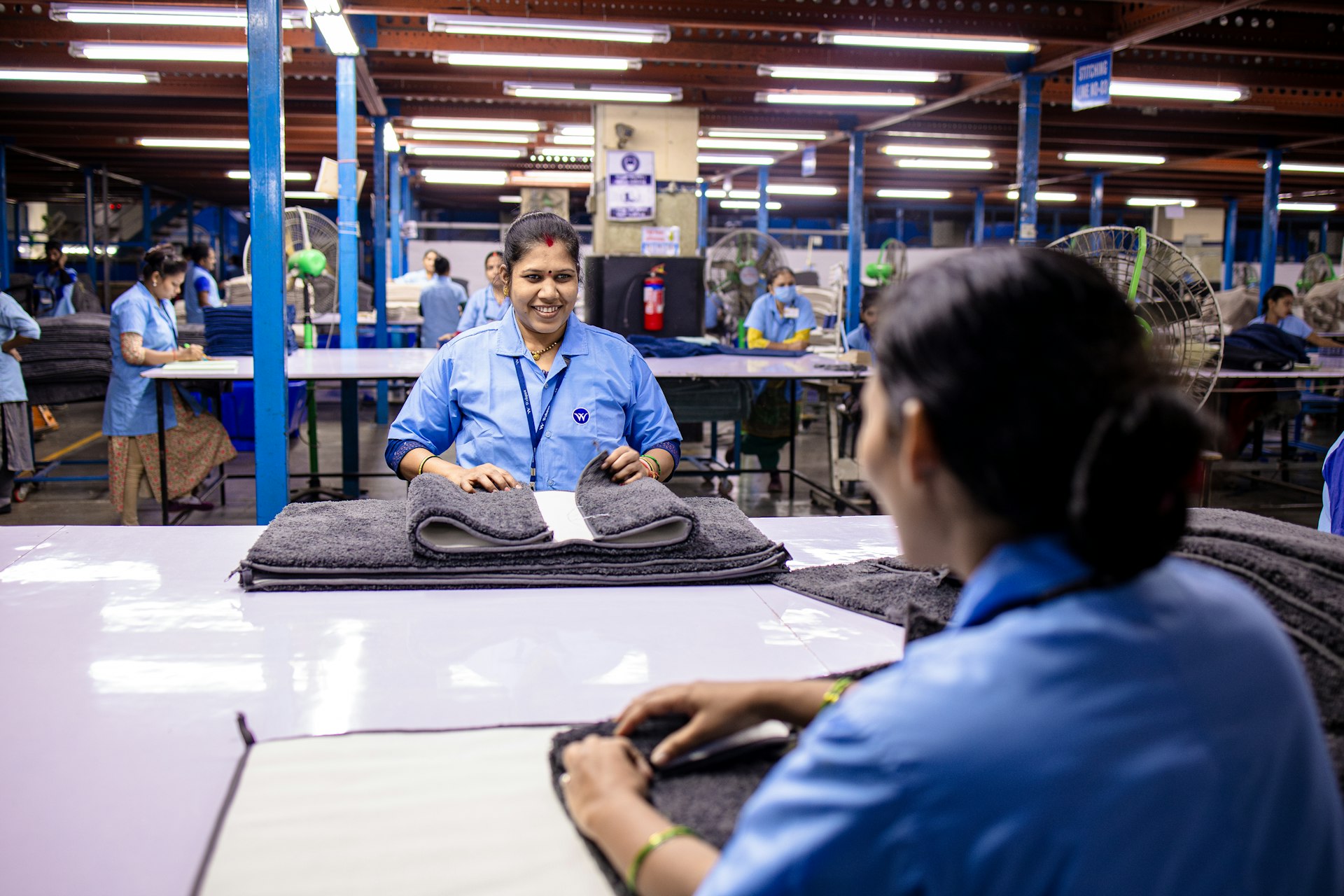Sustainable Solutions for Eco-Friendly Aquariums and Reptile Habitats

Photo by achmad adi wiratama on Unsplash
Introduction to Eco-Friendly Aquariums and Reptile Habitats
Creating an eco-friendly aquarium or reptile habitat is more than a trend-it’s a commitment to environmental stewardship and animal welfare. By integrating sustainable materials, energy-efficient systems, and responsible maintenance practices, you can reduce your ecological footprint and foster healthier environments for aquatic life and reptiles. This guide explores actionable strategies, step-by-step instructions, and real-world examples to help you build and maintain green habitats in your home.
Why Choose Eco-Friendly Practices?
Eco-friendly aquariums and reptile habitats offer numerous benefits. Reduced energy consumption, minimized waste, and improved water and air quality lead to healthier pets and lower long-term costs. Sustainable choices also help preserve natural ecosystems by avoiding depletion of wild resources and supporting ethical supply chains. Adopting green practices means:

Photo by Tasha Kostyuk on Unsplash
- Protecting natural habitats and biodiversity
- Reducing energy and water usage
- Creating safer, toxin-free environments for pets
- Supporting responsible manufacturers and suppliers
Eco-Friendly Aquarium Setup: Step-by-Step
1. Selecting Sustainable Materials
Start with the tank itself. Opt for second-hand or recycled glass aquariums to minimize manufacturing impact. For substrates, use natural gravel, sand, or recycled glass-these materials are safe and have minimal environmental impact. Decorations should be sourced responsibly. Choose certified driftwood, locally sourced rocks, or upcycled items like ceramic mugs and terracotta pots to provide shelter for fish and reduce landfill waste. Live plants are essential: they boost water quality, reduce the need for chemical filtration, and create natural habitats. Select hardy, non-invasive species grown by reputable nurseries. For more guidance, consult reputable aquarium supply retailers or local hobbyist groups.
2. Energy-Efficient Equipment
Modern aquarium pumps, filters, and lighting systems are designed for energy conservation. Use adjustable flow pumps to optimize water movement and minimize power usage. Choose energy-efficient filters that combine biological and mechanical filtration, keeping water clean with minimal electricity. LED lighting is preferred for its low power draw and long lifespan. These lights mimic natural sunlight and encourage healthy plant growth while keeping bills low. Automated timers ensure lights run only when needed, further reducing energy consumption. For product recommendations, visit established aquarium equipment suppliers and compare models based on verified energy ratings. [1]
3. Sustainable Aquascaping
Aquascaping, the art of designing underwater landscapes, can be approached sustainably. Use natural layouts inspired by real ecosystems, such as the Nature Aquarium style, which utilizes plants, rocks, and wood to mimic riverbanks or forests. [3] Incorporate upcycled objects and avoid artificial plastics. Hydroponics and aquaponics systems can further enhance sustainability, allowing fish waste to fertilize plants and plants to clean water. [2]
4. Maintenance and Responsible Care
Routine maintenance is crucial for sustaining an eco-friendly aquarium. Test water quality regularly to avoid chemical interventions. Clean filters and pumps to maintain efficiency and prevent excess energy use. Feed fish carefully to prevent waste accumulation, which can pollute water and increase cleaning needs. For cleaning, use biodegradable products and avoid harsh chemicals. Consider natural solutions like vinegar for glass cleaning and gentle scrubbing tools for substrate. Responsible care extends the life of your equipment and supports a stable ecosystem. [1]
Creating Eco-Friendly Reptile Habitats
1. Sustainable Enclosure Materials
Much like aquariums, reptile enclosures benefit from sustainable choices. Glass and wood are preferable to plastic. Seek out enclosures made from recycled or reclaimed materials. Upcycle furniture or containers when possible to reduce new manufacturing impact.
2. Natural Substrates and Decor
Choose substrates such as coconut fiber, organic soil, or untreated sand, which are safe for reptiles and decompose naturally. Decorations should include natural branches, stones, and hides sourced from local environments or sustainable suppliers. Avoid synthetic or painted objects that may leach toxins.
3. Energy-Efficient Heating and Lighting
Heating and lighting are essential for reptile health but can be energy-intensive. Use thermostatically controlled heat mats or ceramic heaters to maintain optimal temperatures. LED and compact fluorescent bulbs provide necessary light with minimal energy use. Automated timers and thermostats reduce waste and maintain consistent conditions. For reliable products, consult established pet supply companies and compare verified energy ratings.
4. Responsible Feeding and Waste Management
Source reptile food from ethical breeders or local providers to minimize transportation emissions. Feed appropriately to avoid excess waste; uneaten food can attract pests and pollute the enclosure. Dispose of waste in compost or municipal green waste programs when possible. Clean enclosures with natural products and avoid chemical disinfectants unless absolutely necessary.
Overcoming Common Challenges
Transitioning to eco-friendly habitats may present challenges, such as higher initial costs or limited access to sustainable products. However, long-term savings and improved pet health often outweigh these concerns. To address sourcing difficulties, network with local hobbyist groups and participate in swaps for second-hand materials. For technical guidance, seek out community forums or consult with experienced professionals. Many aquarium and reptile societies offer resources and best practices for sustainable pet care.
Alternative Approaches and Innovations
If access to specific sustainable materials is limited, consider alternative approaches. For aquariums, biotope designs replicate local river or lake environments using native plants and materials. For reptiles, bioactive setups utilize live plants, natural substrates, and beneficial insects to create self-sustaining miniature ecosystems. Innovations like aquaponics and refugium systems in aquariums, and bioactive terrariums for reptiles, are increasingly popular and offer substantial environmental benefits. [2]
Accessing Eco-Friendly Products and Support
To find sustainable aquarium and reptile habitat products, search for terms like “eco-friendly aquarium supplies,” “sustainable reptile enclosures,” and “energy-efficient pet equipment” on reputable retailer websites. Participate in local pet expos, visit aquarist and herpetology society websites, and consult with green pet stores in your area. When in doubt about product claims, request third-party certifications or reviews. For guidance on best practices, join online forums or local groups dedicated to sustainable pet care. Many communities offer resources, swap meets, and mentorship programs for new hobbyists.
Summary and Next Steps
Eco-friendly aquariums and reptile habitats are attainable for beginners and experienced keepers alike. By choosing sustainable materials, energy-saving equipment, and responsible maintenance routines, you contribute to a healthier home and planet. Begin your journey by researching trusted suppliers, networking with local enthusiasts, and seeking out verified product reviews. Every step toward sustainability makes a difference for your pets and the environment.
References
MORE FROM realtyexperts.ai













